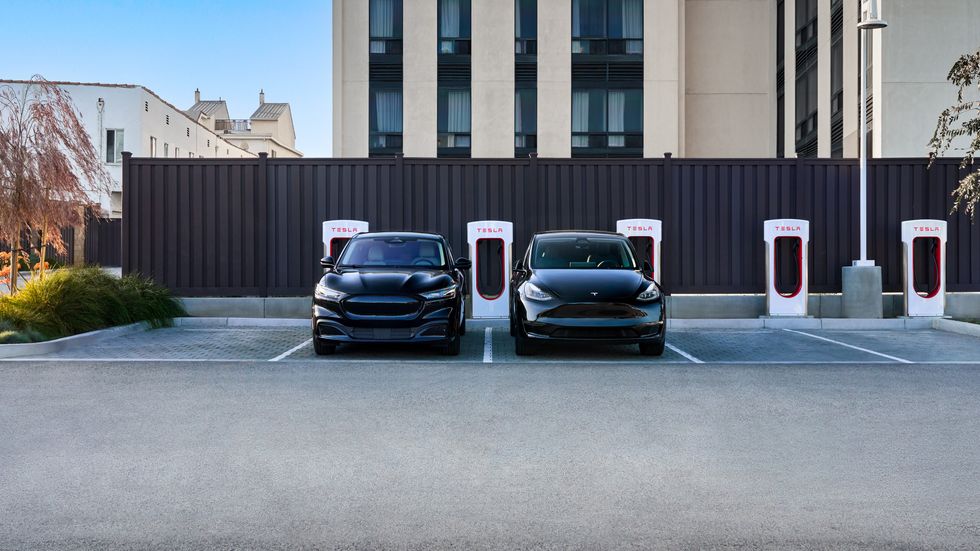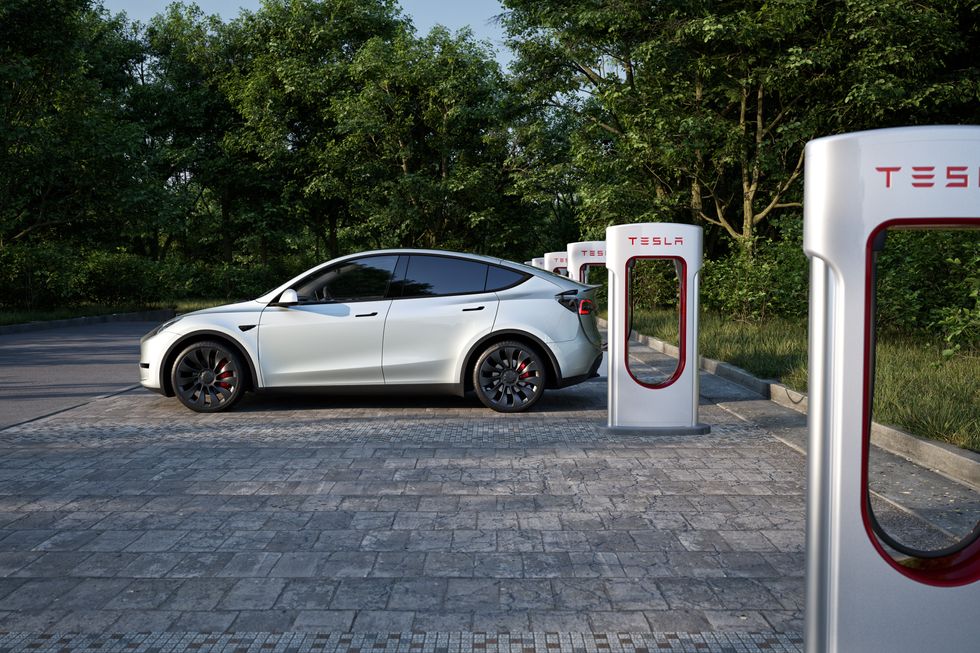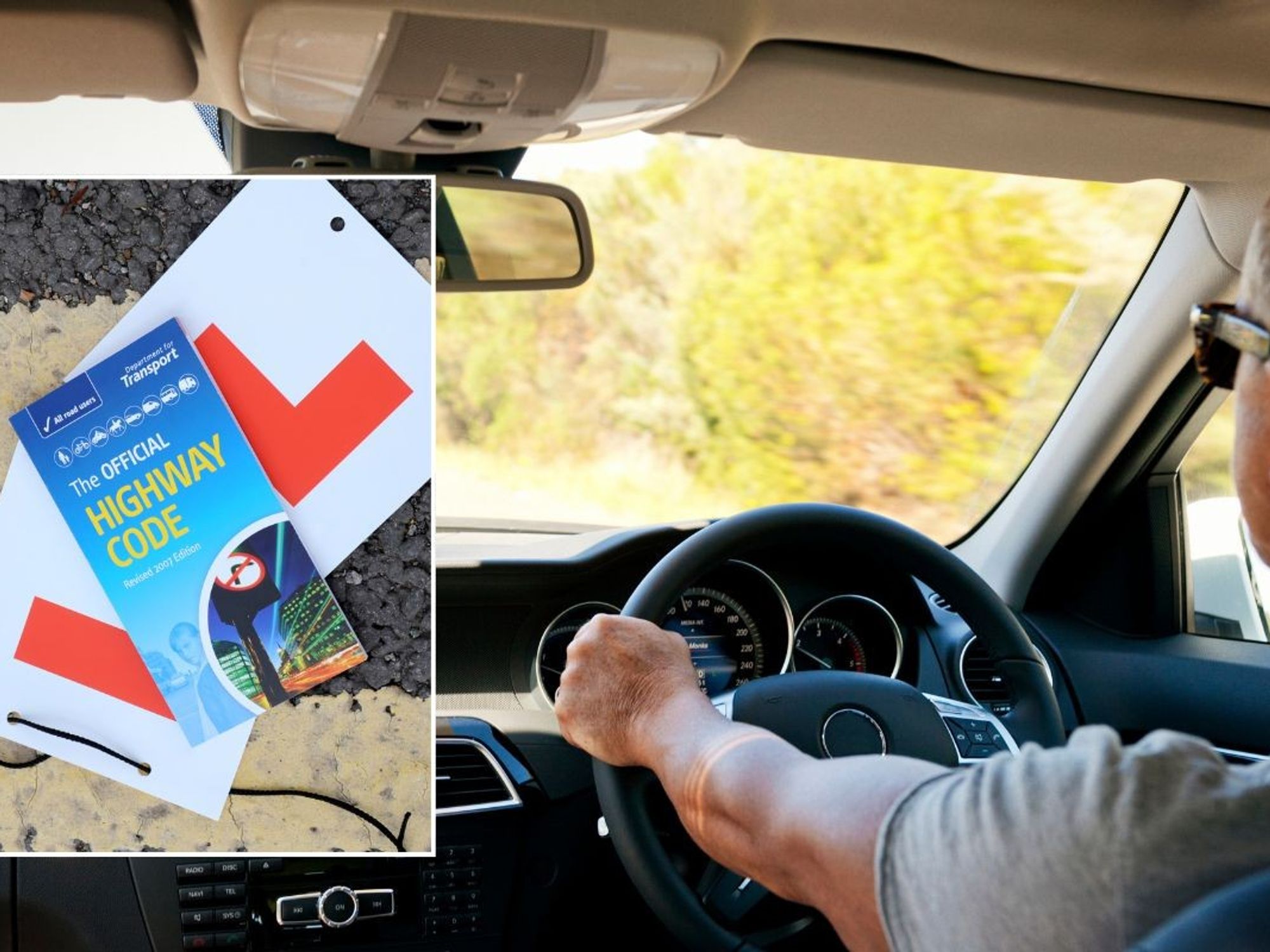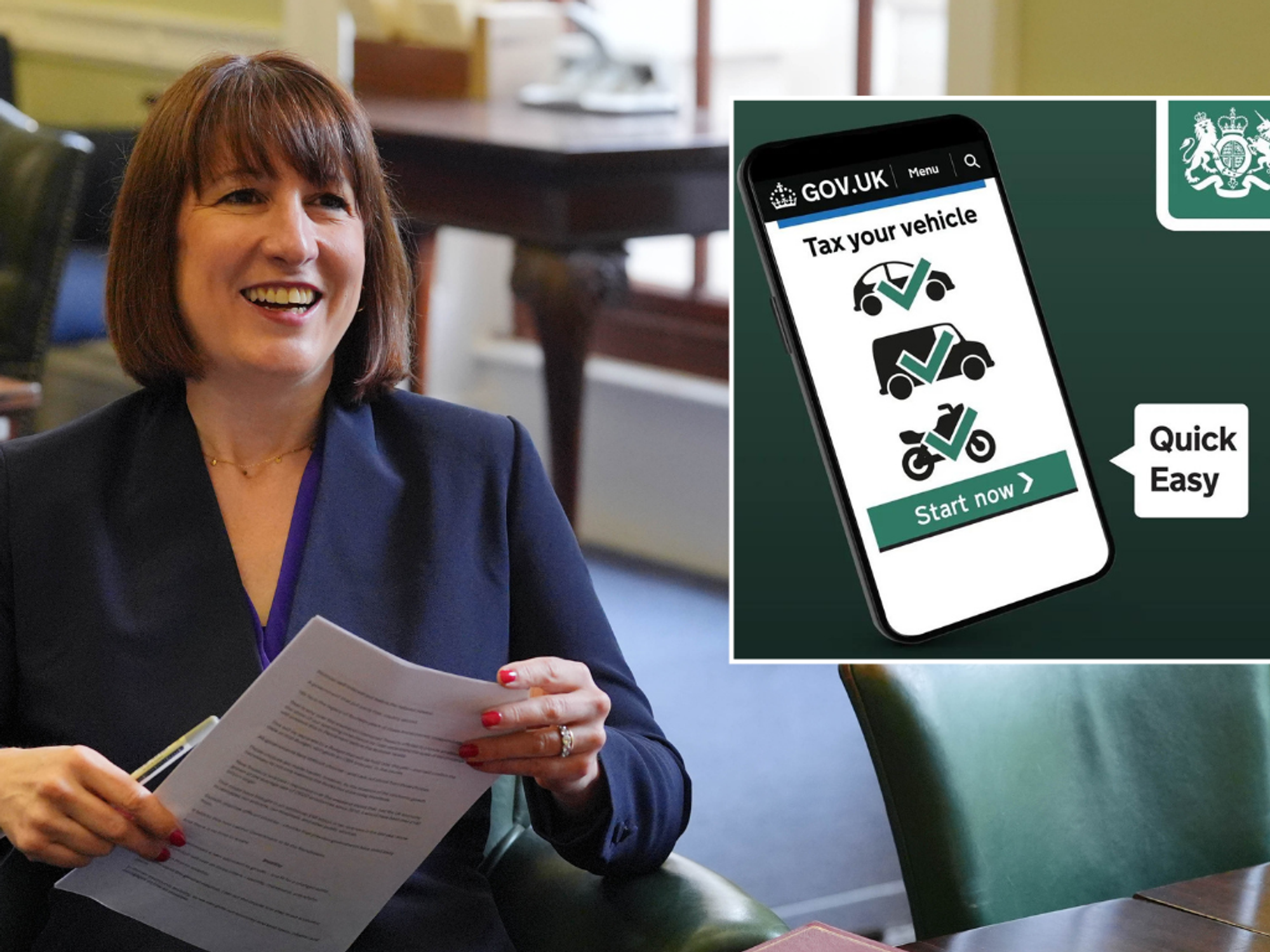Rachel Reeves says she will continue to support the purchasing of electric vehicles
GB NEWS
Motorists have been offered incentives to ditch petrol and diesel vehicles in favour of new electric cars in recent years
Don't Miss
Most Read
Trending on GB News
Free road tax and an exemption from the Ultra Low Emission Zones (Ulez) charge have incentivised some drivers to move to an electric vehicle but car tax changes for EVs are looming.
From April 2025, electric cars will be subject to Vehicle Excise Duty (VED). With road tax relief soon to be scrapped as a perk of going electric, GB News investigated whether EVs are really worth it.
We test-drove the Tesla Model Y for one week, travelling across the UK to see how driving an EV was in practice.
The Model Y has a wealth of snazzy features, but we felt cost and range were the key considerations when comparing petrol and diesel cars to an EV.
The car was collected from a Supercharger in London, where we were briefed on all the essentials.
Connecting the charger to the car was simple, and drivers can precondition the battery while travelling to the Supercharger to streamline the process.
Tesla now has around 1,700 Superchargers in the UK in more than 150 locations, and with some long distances planned in the test period, we would need to factor in visits to several sites.

Tesla now has around 1,700 Superchargers in the UK
TESLA
The vehicle was close to full battery when we hit the road, and over the next few days,we covered around 200 miles beforeeven contemplating topping up again.
We weren’t actually out of juice but a long journey from London to the North of England played a significant role in sourcing a Supercharger.
The charge limit was 322 miles in this configuration of the car (the Model Y offers up to 373 miles of range on a single charge but speed, weather conditions and elevation change are a factor), and the first nearly-full charge comfortably covered an hour-long crawl through rush-hour in the capital, as well as a return trip to the countryside, plus numerous visits to the local supermarket.
On our longest journey yet – London to the North West – we decided to take advantage of a Supercharger about an hour into the journey.
Adapting the journey to charge the car proved relatively easy on the motorway – many service stations seemed to have the infrastructure and it was a good opportunity to take a coffee break. Not all drivers will have the luxury of letting the battery level dictate when to visit the services, however.
Tesla notifies the driver once there’s enough charge to continue the entire trip, and after around 25 minutes, we were soon back on the road again.
Some 200 miles and three and a half hours later, and we were back at a Supercharger, topping up to cover excursions over the next few days. This second charge added 30 minutes or so to the total journey time, which drivers will need to factor in when working out their ETA.
The return leg was a 250-mile journey, so we pulled into the same Supercharger for a while, and another one two hours later.
We decided to break up the journey into these two stops rather than fully charge the vehicle from the off – mostly due to wanting to get on the road ahead of rush-hour.
The sat nav warned there weren’t any free charging stations at the first pit stop, but overruling technology, we pulled in anyway.
We found ourselves gazing at a row of Teslas being topped up, forming a short queue as others also opted to wait, before a spot became free around five minutes later.
We had barely had chance to sip the service station coffee before it was time to retrieve the car from the Supercharger – we were determined to avoid the idle fee, a charge which applies when the Supercharger station is at least 50 per cent capacity in a bid to stop fully-charged cars clogging up the spaces.
With so many charging points on our routes, and the sat nav advising whether we had enough power to make it to our destination, we weren’t too worried about getting stranded.
As we weren’t too familiar with the vehicle, we were definitely more cautious about battery levels than we needed to be. Recharging was quick and we probably didn’t need to stay as long as we did – the available range quickly increased once recharging, and Tesla says Superchargers can add more than 150 miles of range in 15 minutes.
Travelling long distances in an electric vehicle does require planning – charge up properly beforehand to avoid arrival time escalating. That said, while the need to refill the battery on the long journey required some patience, it also provided an important opportunity for a rest from the road.
MORE FROM GBN MEMBERSHIP:

We found it relatively easy to recharge the car at Superchargers across the UK - but being prepared to make a few stops could be wise
TESLA
Cost
Tesla calculations earlier this year suggest Model Y owners can save approximately £1,600 per year by opting for an EV. Superchargers are priced from £0.24 to £0.47 per kWh, while costs can be lower with a home charger.
The Model Y currently starts at £399 per month with zero per cent APR for two years (£3,793 downpayment). Representative example, £44,990 on-the-road cash price. Prices for a new Model Y on the Tesla website start at £43,035, correct at the time of writing.
Tesla recently announced one year of free Supercharging with the purchase of a new Model Y - the offer is only valid while stock lasts and drivers must take delivery before December 31, 2024 - although idle fees are not included.
EV drivers will need to watch out for car tax changes from next year, including the new “expensive car supplement”. This is an additional rate of road tax which will apply to vehicles registered on or after April 1, 2025, from the second tax payment onwards.
This EV passed our test in terms of recharging both on and off the motorway, but anyone considering going electric will need to be prepared to factor the time spent recharging into their travel plans.








